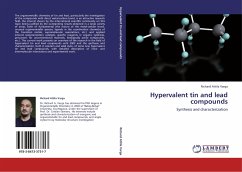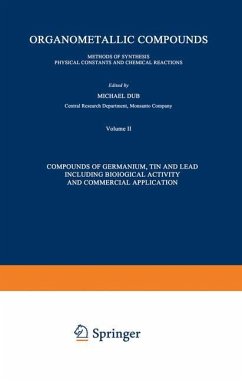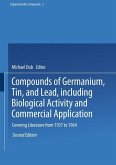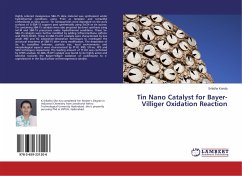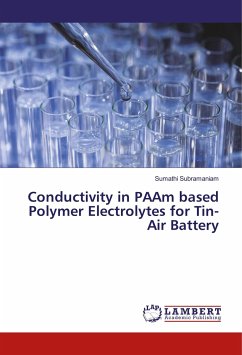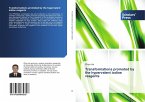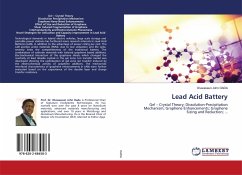The organometallic chemistry of tin and lead, particularly the investigation of the compounds with direct metal-carbon bond, is an attractive research field, the interest shown by the international scientific community on this topic being justified by the outstanding results obtained in a large variety of areas, both of fundamental (the nature of the metal-carbon bond, unusual organometallic species, ligands in the coordination chemistry of the transition metals, supramolecular associations, etc.) and applied interest (polymerization catalysts, specific reagents in organic synthesis, precursors for unconventional materials, biologically active compounds, etc.). The current work presents an overview of the research in the field of hypervalent tin and lead compounds until 2003 and the synthesis and characterization, both in solution and solid state, of some new hypervalent tin and lead compounds, with detailed description of intra- and intermolecular interactions and experimental work.

